Making the Web We Want
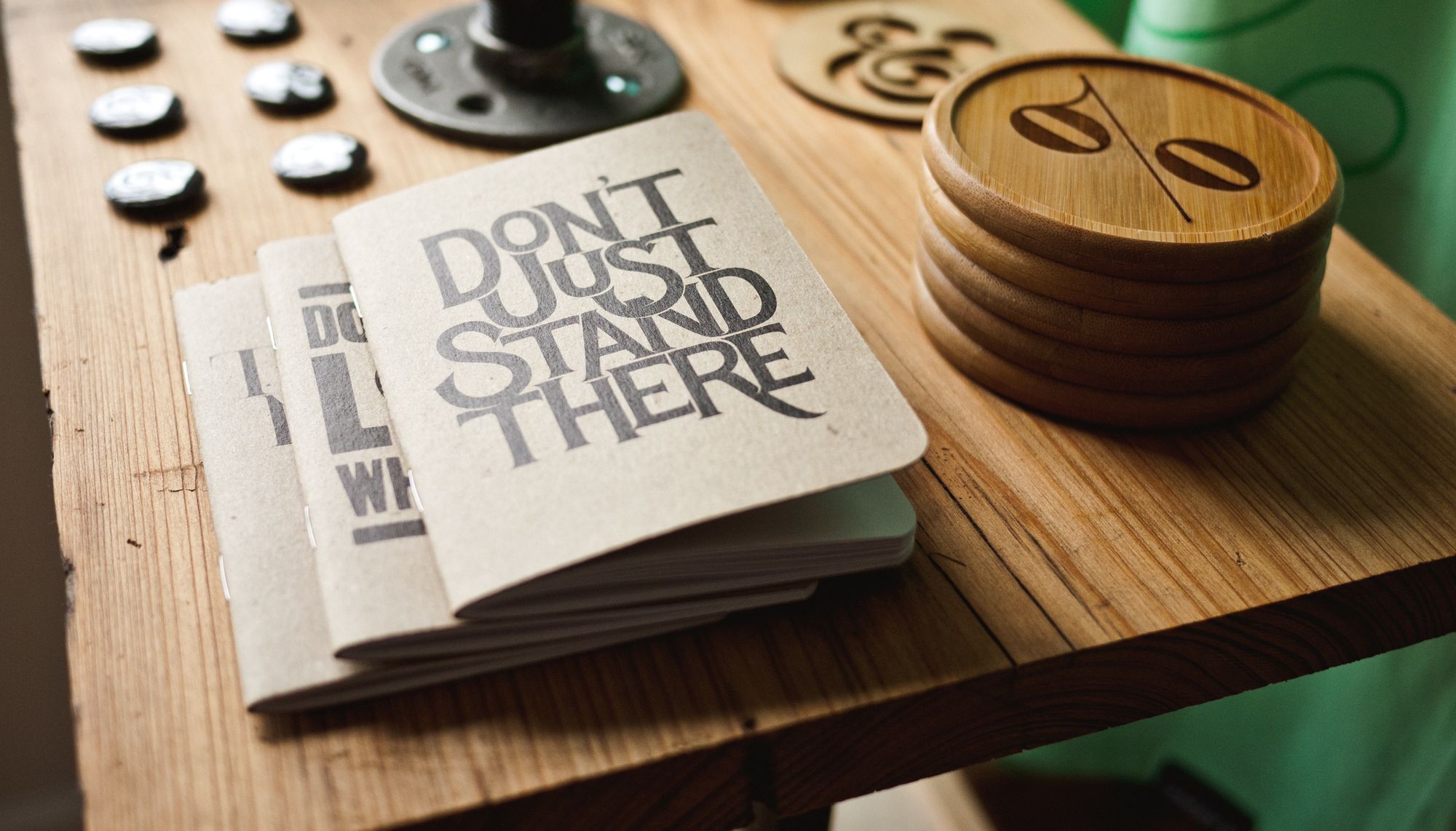
I've been thinking a lot about Reclaim Hosting recently and how the Domain of One's Own ethos connects to a broader cultural movement of ownership and personalization. I've been a vocal supporter of a similar "Maker Movement" that has risen up in recent years in education as a result of the explosion of 3D printing, robotics, and a renewed focus on project-based learning. The parallels between the two ideas are quite obvious, and yet it seems like regular reminder of The Web We Lost is necessary to bring us back to a reality where we can reclaim our sense of identity to the DIY community.
A (Very Somewhat Brief) Personal History of the Web
I cut my teeth on Compuserve and Angelfire. As a child of the 90s only getting access to the World Wide Web in the second half of the 90s, I somehow stumbled upon the fact that Compuserve provided server space with every dialup account. The ability to get something like 10Mb of storage on a web site was a feature of several internet companies and contributed to a larger culture of self-publishing during that timeframe. We equate it with Geocities but it's roots spread much further than that with Aol, Tripod, Angelfire, and so many more hosts providing free, ad-supported spaces online. Part of this for me (and others I'd imagine) was a curiousity for what the web could be. This shiny new thing that allowed me to communicate with an audience beyond my living room became a sandbox for experimentation. The web provided a platform for creativity and content production that seemed so foreign to me as a high-schooler who had never traveled beyond the city limits.
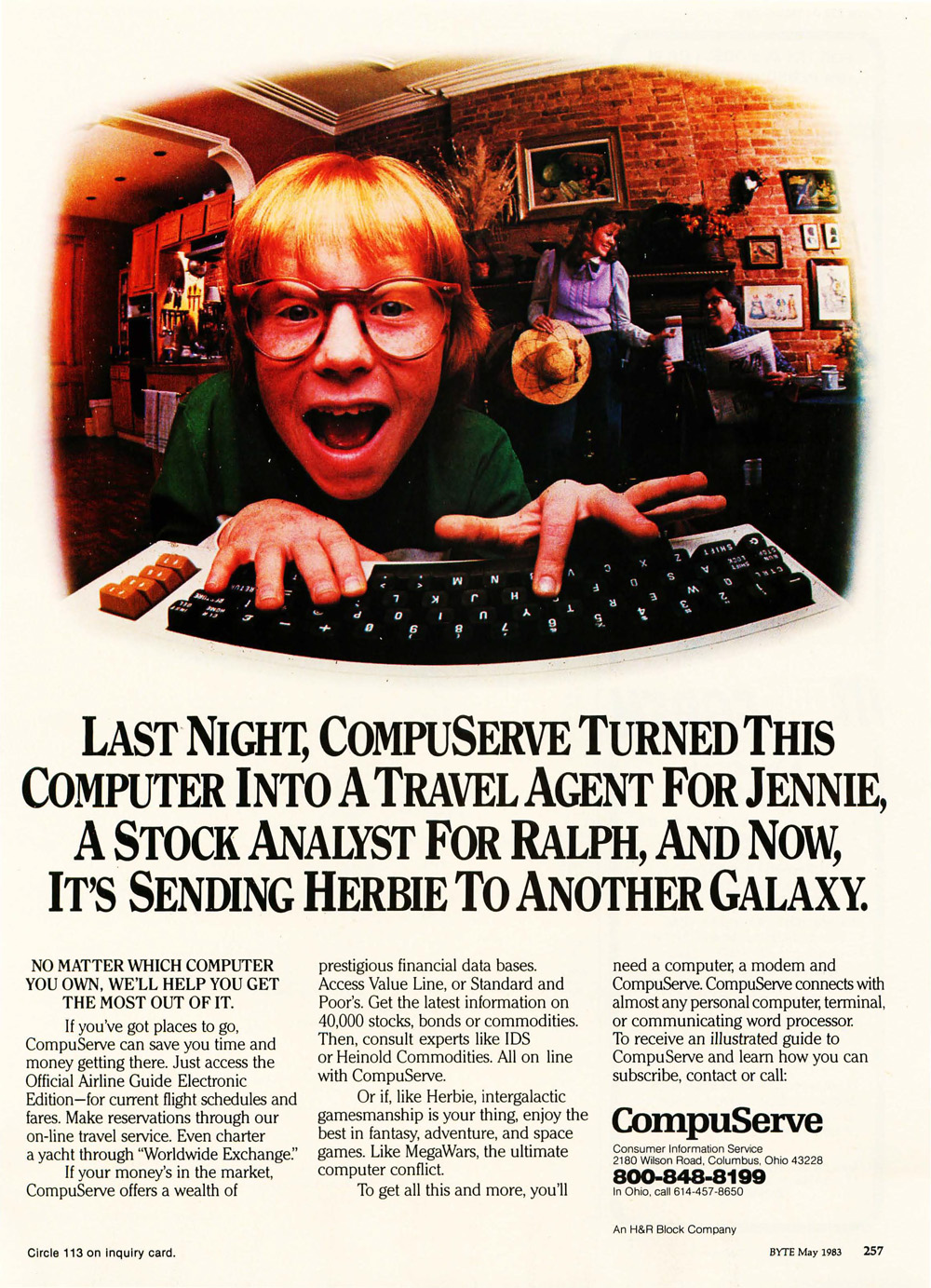
When I left for Germany as a foreign exchange student in 2000, it seemed like the web was the perfect platform for communicating my whereabouts and experiences to my family back home. The "sandbox experimentation" drove me to reverse-engineer the HTML of sites whose designs I enjoyed as frameworks for my own. In addition I can vividly remember primitive attempts at live-streaming video from Germany to my parents living room using an $80 webcam and a script on my computer that would update a flash page every second with a JPEG image from the camera. I felt connected like never before and that sense of experimentation extended upon my return to the US.
Trading Spaces
I returned to the US and finished out my final year of high school and then began my studies at Longwood University. Older friends waxed poetic of the speed of college networks and the ability to do "hardcore gaming" in your dorm. I was much more interested in this thing called MySpace which showed up and seemed to be the defacto way of building spaces on the web. Like many of my friends I wanted to be connected and quickly got MySpace setup, but this was different. Gone were the editing tools of the 90s, now we had checkboxes and text areas with pre-defined questions and content to fill out. Easy enough, but with a loss of personalization.
And yet, somehow we figured out how to hack the system. As a society we pushed on the infrastructure to expose the ability to edit HTML and CSS within a MySpace page and a cottage industry of templates, builders, and designers popped up to support this budding desire to "trick out" your space. I explored options that allowed me to hide almost every aspect of the traditional MySpace user interface and replace it with a custom page, an open source template I had taken from someone else and modified with my personal details. The personalized DIY web was still very much alive, albeit no longer on our own terms.
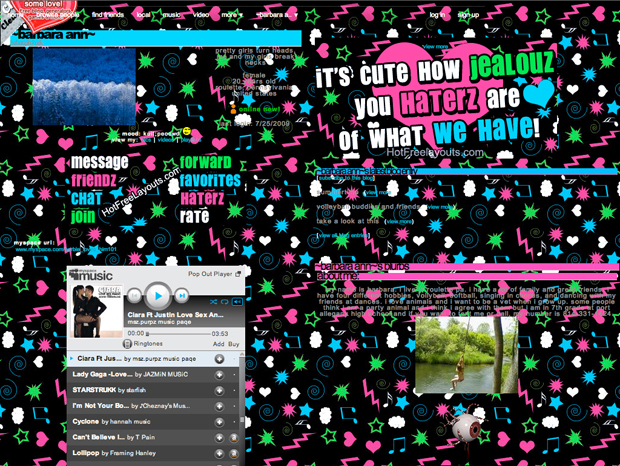
Selling the Farm
I believe it was in early 2005 when someone first asked me if I had an account on "The Facebook". The entire campus was poised to jump on as soon as it became available. Ostensibly this was seen as an exclusive space previously only held by a handful of elite colleges and universities. Within a weekend a shift had occured with the majority of campus now communicating on Facebook and MySpace becoming "that other place" that people kept up....for awhile....
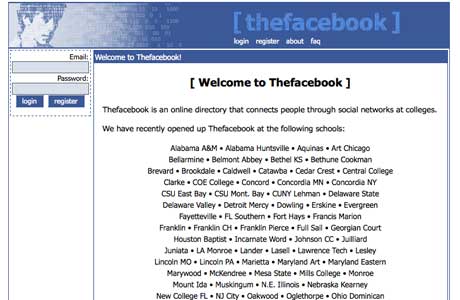
Facebook was new and different. The convenience of connecting to people you knew from other classes or building was immediately powerful.
Can you change the background image?
Well, no.
Can you change anything?!
If MySpace was the first of many steps toward giving up control, Facebook was a cruel slavemaster who made sure you were happy and fed, but had no interest in self-agency. We all got shades of blue and a set of profile questions to answer in order to define who we were. We traded personalization happily for the ability to connect and feel a sense of community that was immediate. This loss of control became all too real as the interface changed to provide real-time updates, a "stream", ads, and so many more elements that would each be decried by the community as "the last straw". By 2007 we had the option to go to Twitter and some did, but most stayed in Facebook (as if that mattered) as regions outside of higher education became available. And after all, Twitter was just another communication platform, but it didn't bring us any closer to that sense of personalization.
The DIY Movement Grows
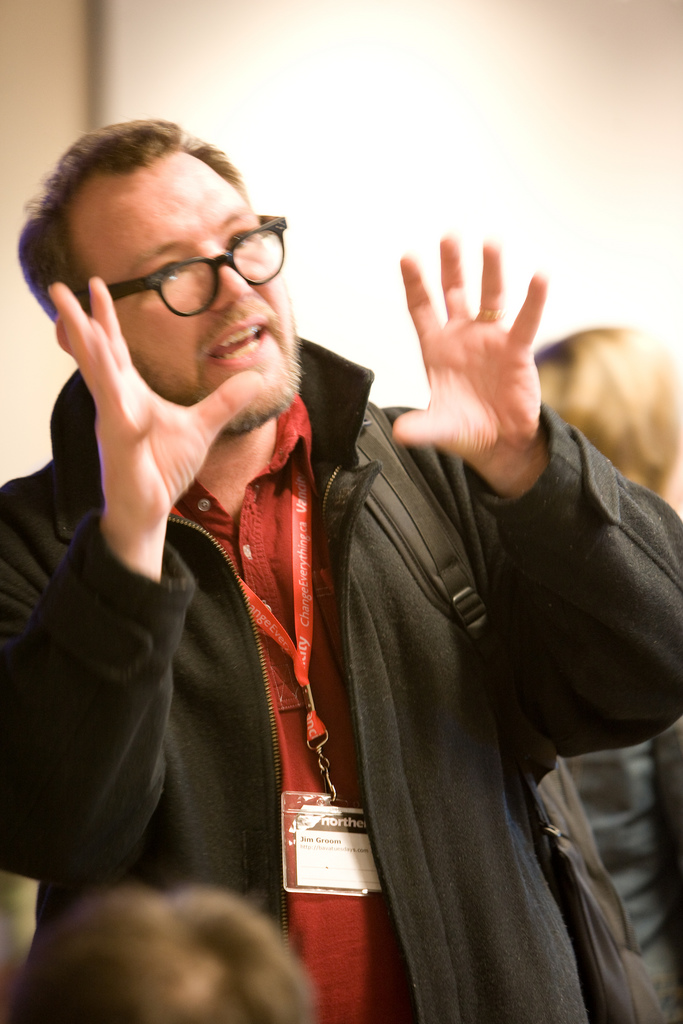
While "Web 2.0" was busy bringing us one silo'd platform after another and taking it away just as quickly, educators like my business partner and colleague [Jim Groom](http://bavatuesdays.com/) had gotten a Bluehost account and were partying like it was 1999 all over again. Experimentation was happening with things like WordPress multisite as a blogging platform for a campus. This stuff wasn't easy to build, and yet it got so much better with every passing iteration that students and faculty were growing to see it as a great alternative to the central content management system.
Around that same time a group of smart folks involved in a hackerspace in New York had managed to build their own 3D printer as a model for offering them to a larger community as kits. For the next several years we'd watch the rise of MakerBot as a shining example of what I'd call a cultural movement towards DIY. Schools (including UMW) were embracing makerspaces under the umbrella of STEM learning. Mandates to grow STEM fields from the Obama administration resulted in grant funding flowing towards K-12. Suddenly coding was the cool thing to be doing, whether it be for the web or for a remote-controlled kitchen appliance built with a $35 computer the size of a credit card. Learning felt fun again and we started to feel that magic that comes from rolling our sleeves up and putting ourselves into a project.
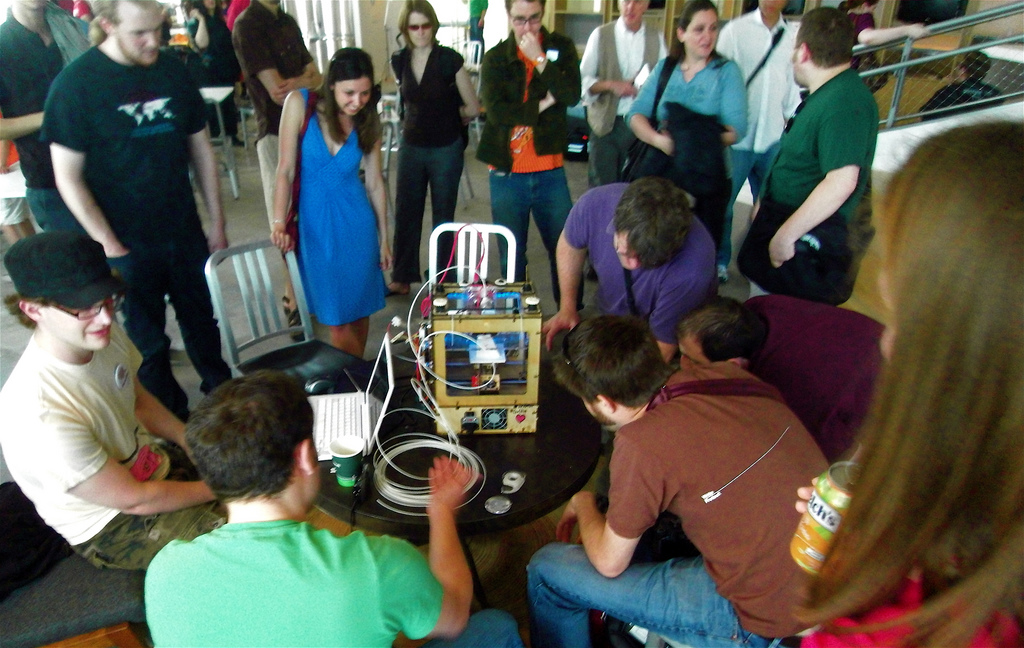
Something also changed dramatically with our interactions with those same companies launching startup after startup and growing into monolithic corporations. The luster of being a servant to Facebook and Blackboard started to wear off in real ways for a larger majority, not just with the Edupunk cast of characters. From Diaspora and Canvas to Known and Reclaim Hosting we're in a moment where distrust in that power relationship could serve as an opportunity to start defining our own platforms. Maybe the NSA leaks, Snowden, and Heartbleed were wake-up calls. Maybe it's cracks at the seams of higher ed's top-heavy administrative house of cards. Maybe it's just the hipster vibe of the times. But more and more it feels very real with teens opting for text messaging and Tumblr over Facebook and educators seasoned and junior alike soaking up the power that alternative platforms give them external to what they're provided institutionally.
Perhaps instead of a Web 3.0 what we're being given instead is a cultural moment where the rebellious teen years of the late 2000s have given rise to a more enlightened adulthood. The tools are better, we're less naive about the relationships we have with them, and we're still learning. I couldn't imagine a better time or place to be than right here, right now, connected to you all, learning a ton, and building our future for ourselves.
Here's to 2015. May we rise to even greater heights by lifting each other up and investing our time, energy, and resources in people instead of products. Cheers.
Comments powered by Talkyard.